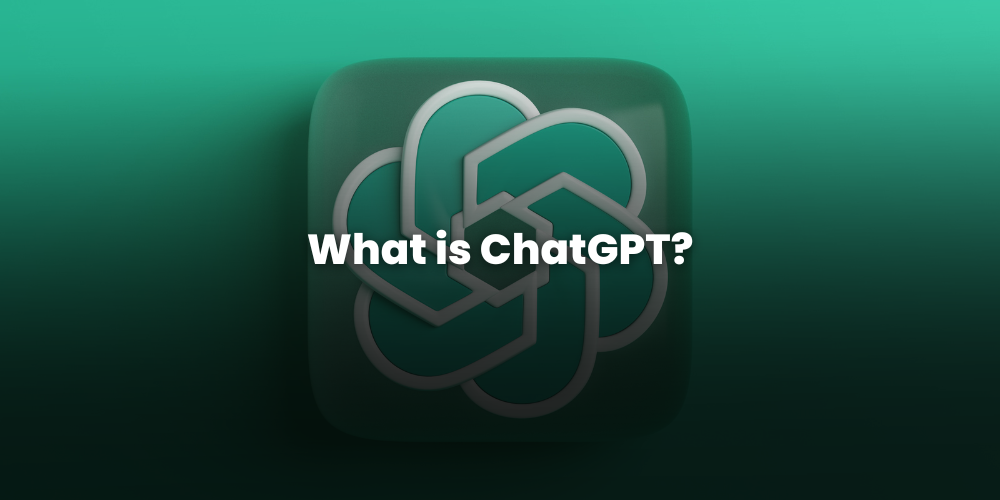Chatgpt is an AI-operated chatbot developed by OpenAI, an artificial intelligence research laboratory, which includes for-Profit Corporation OpenAI LP and its original company, non-profit OpenAI Inc. The CHATGPT is built on top of the GPT (generative pre-train transformer) language model, trained on a large corpus of lessons and admits a habitat. Chatgpt is designed to assist users in a wide variety of tasks, such as answering questions, providing recommendations and attaching in casual conversation.
Where can ChatGPT be used?
ChatGPT, being an AI-powered chatbot, can be used in a variety of contexts and applications. Some examples of where ChatGPT can be used include:
Customer support: ChatGPT can be used to answer customer queries and provide support for a range of products and services.
Education: ChatGPT can be used as a virtual tutor, providing personalized learning experiences for students.
Healthcare: ChatGPT can be used to assist doctors and patients with medical queries and provide advice on treatment options.
Entertainment: ChatGPT can be used in gaming and social applications to provide chat-based interactions with virtual characters.
Finance: ChatGPT can be used to provide financial advice and assist customers with banking and investment-related queries.
E-commerce: ChatGPT can be used to assist customers with product recommendations, order tracking, and other shopping-related queries.
Overall, ChatGPT can be used in any context where there is a need for conversational interfaces to interact with users in a natural and engaging manner.
To improve the ChatGPT AI database, you can follow these general steps:
Collect and analyze user feedback: Gather feedback from users about their interactions with the chatbot. This can help you identify areas for improvement and better understand user needs and preferences.
Add new data and scenarios: Continuously add new data and scenarios to the chatbot’s training data. This can help the chatbot become more effective at handling a wider range of queries and providing better responses.
Fine-tune the model: Fine-tune the chatbot’s language model by training it on more specific data or using techniques like transfer learning. This can help improve the chatbot’s accuracy and ability to understand and respond to user queries.
Monitor performance: Monitor the chatbot’s performance over time to identify any issues or areas for improvement. Use metrics like user satisfaction, response time, and accuracy to track performance and identify any issues.
Optimize for user experience: Optimize the chatbot’s design and user experience to improve engagement and encourage users to interact with the chatbot. This can include adding features like buttons, providing helpful prompts, and improving the chatbot’s personality and tone.
By following these steps, you can continuously improve the ChatGPT AI database and provide a better conversational experience for your users. Keep in mind that improving the chatbot is an ongoing process, and it’s important to regularly collect and analyze feedback and make adjustments to the training data and model as needed.




